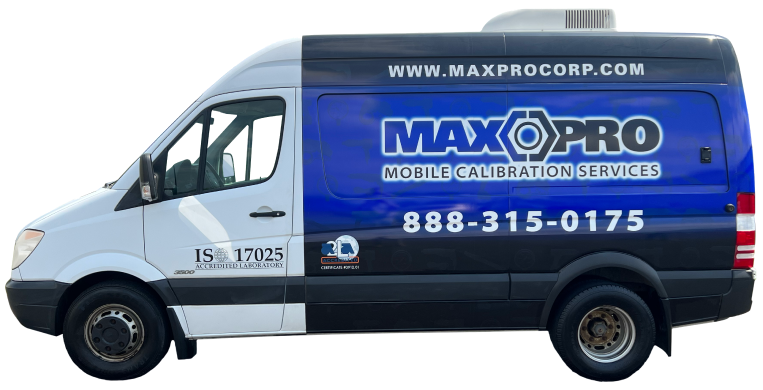A Torque Wrench is a vital tool used to apply the necessary torque when tightening bolts and nuts. It finds applications in the automotive, aerospace, engineering, and construction industries.
This tool has been in the market for over a century. But it has seen considerable improvements over the decades, thanks to technology.
When using a torque wrench, you always want to achieve consistent accuracy while avoiding overtightening or under-tightening situations. Selecting the right torque wrench for your applications and sticking to the torquing best practices are critical to achieving the desired outcomes.
Below, we have discussed how accuracy and range limit the use of wrenches in specific applications and how this will guide you in the selection process. But first, let’s see the types of torque wrenches and their common uses cases.
Types of Torque Wrenches and Use Cases
There are different torque wrenches in the market, each with varying shapes, sizes, and use cases. Some of the common torque wrenches include:
- Digital/electronic torque wrenches. They have an electric sensor; hence they do not feature any moving parts. The sensor checks the twisting force and prompts the user via a digital display. These wrenches are best used in field or research applications where there’s a need to collect electronic data.
- Beam torque wrenches. They feature a simplistic design and are easy to use. Beam types feature a scale, and once the right torque level is reached, it stops tightening.
- Click torque wrenches. These types give an audible click sound after achieving the desired torque setting.
- Dial torque wrenches. These are beam-type wrenches that are wider than the classical types. They are considered the most accurate and are commonly used in the automotive, aerospace, and defense industries.
Contrary to popular opinion, most torque wrenches listed above are used for tightening and loosening applications. However, exceeding the maximum torque rating that the wrench can handle (except for the digital type) can affect the wrench calibration or damage the tool itself. This is more likely to happen when loosening a tight bolt; hence most manufacturers will recommend using it for tightening applications only.
Torque Wrench Accuracy
The accuracy of a torque wrench is dependent on the following factors:
Wrench Calibration
Every wrench is tested, calibrated, and certified by the U.S National Institute of Standards and Technology. However, once the wrench is used, it slowly loses calibration accuracy. It’s therefore recommended to schedule wrench calibration services at least once or twice annually, depending on the application.
Measurement Scale
When reading measurements from certain wrenches, such as the beam-types, parallax errors may introduce inconsistency. Gauge graduation is another concern. With wrenches graduated in increments of 5 or 10 ft-lb, the observed accuracy would typically not exceed 2.5 or 5 ft-lb increments. Digital wrenches are the only types that allow for accuracy at increments of one unit of measure.
Accuracy Range
Every torque wrench operates within a given accuracy range, such as ±2-4% over 20% to 100% of full-scale. Imagine that a beam-type wrench has a 40-250 ft-lb range with an accuracy range of ±2-4% over 20% to 100% of full-scale. This means that at the lower end of the accuracy range, i.e., 50 ft-lbs (20% of 250 ft-lbs), the wrench is accurate within the ±1 ft-lbs (2% of 50 ft-lbs).
If the scale is graduated in increments of 5 ft-lb or, even worse, 10 ft-lb increments, it’s almost impossible to read accuracy within the ±1 ft-lbs. So it’s important to consider the accuracy range, measurement scale, and gauge graduation.
Torque Wrench Range
Besides the accuracy range, torque wrenches are also manufactured in given torque ranges. For example, a 30-200 ft-lb dial-beam wrench or a 50-250 ft-lb click wrench. Before choosing a torque wrench, you should understand the torque range you need for your applications. That said, you may at times require more than one torque wrench of varying torque ranges to meet the desired torque settings while tightening or loosening a nut.
Selecting a Torque Wrench
When choosing a torque wrench in the market, pay attention to its calibration, measurement scale, and accuracy range. Similarly, ensure the wrench you have selected has a torque range that matches your unique applications. Where necessary, seek help from a trusted professional to avoid selection mistakes. Contact Max Pro today for all of your torque wrench needs.





